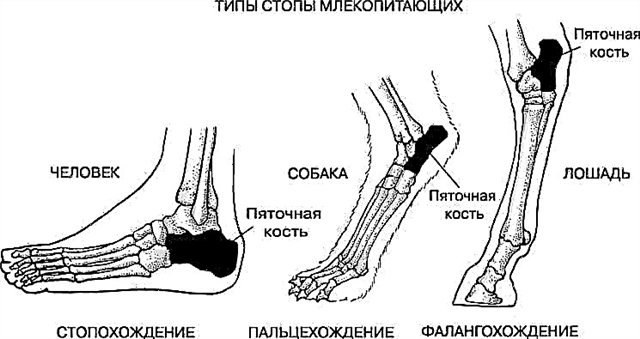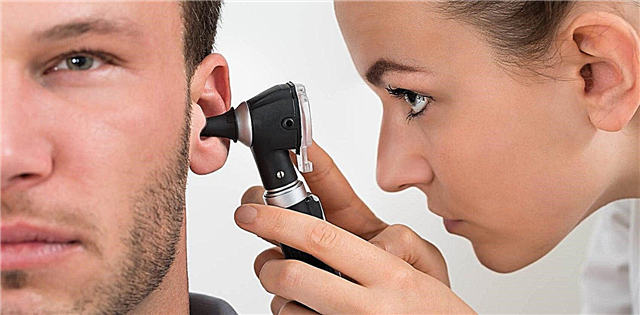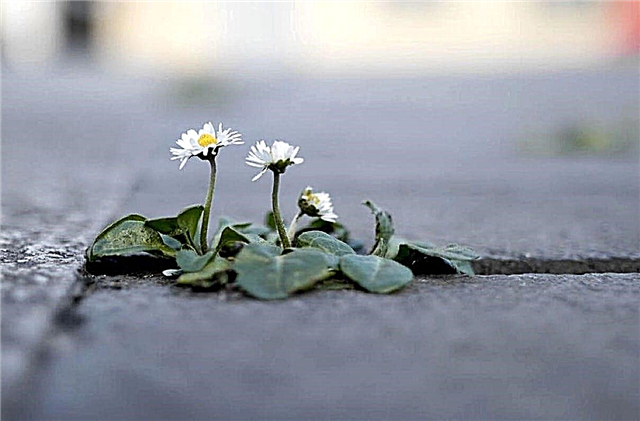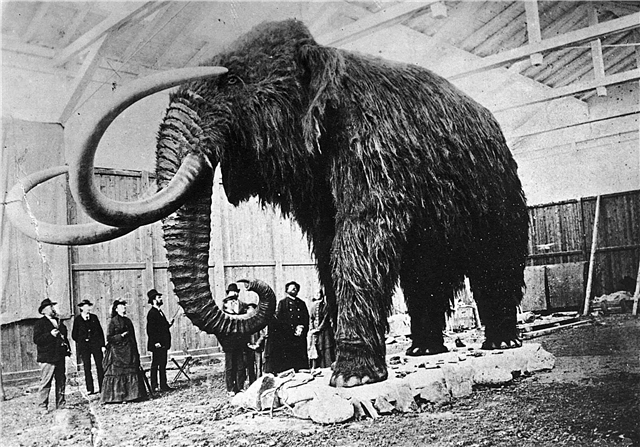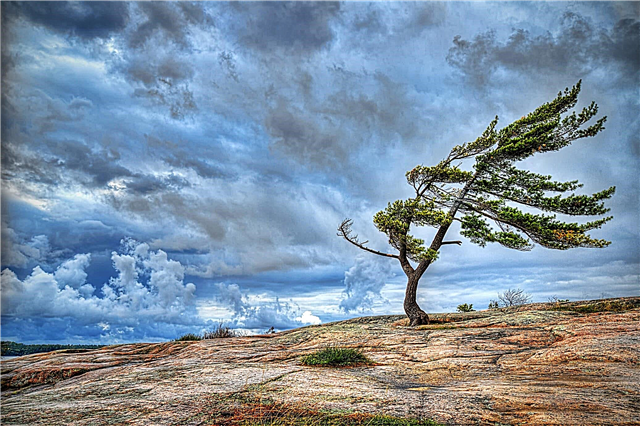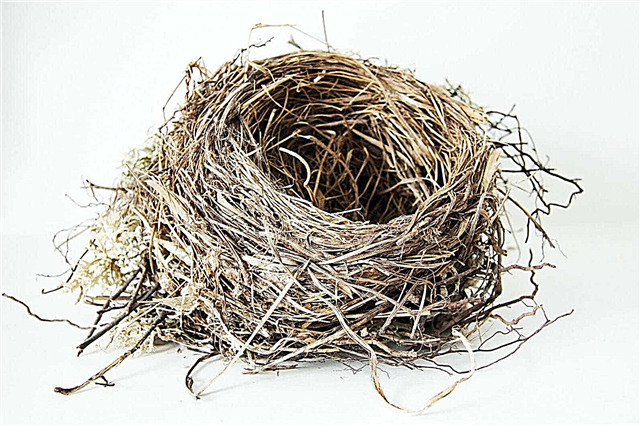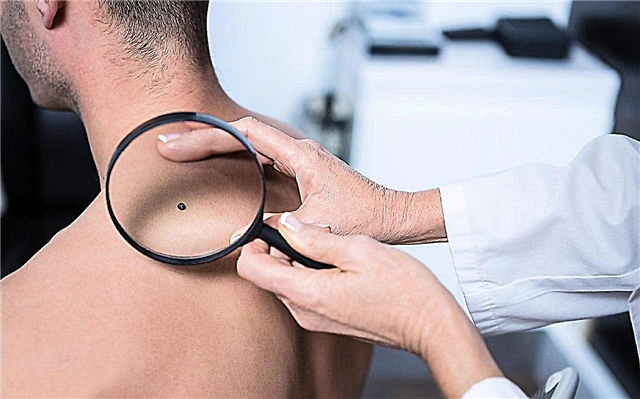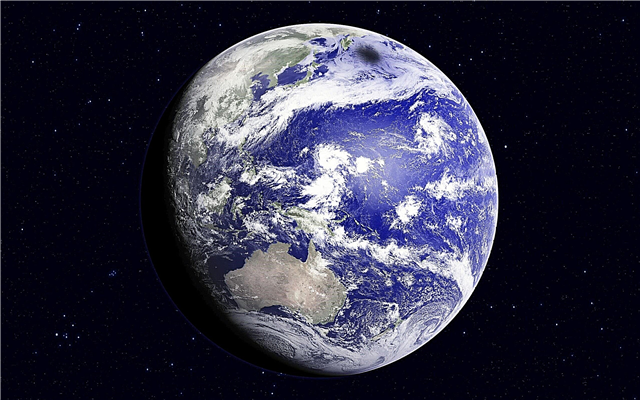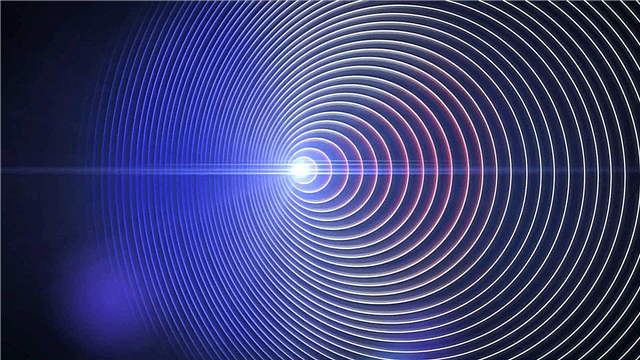
We all admire the bubbles, especially soap bubbles - their perfectly round shape and iridescent surface with different colors. Their color and the strength that shape them. ” Boys called soap bubbles a magnificent experimental object and pointed out that the forces that shape the bubble are present in all liquids.
These forces are omnipresent. Tea brewing cannot do without them, without them you cannot close the current faucet in the kitchen, they are remembered when diving into the water. In general, every liquid has this power.
What makes drops of water come together?
Imagine filling a balloon with water. The more water you pour into it, the more the rubber shell of the ball stretches. In the end, it will stop stretching and burst. Now imagine a drop of water. Water collects at the tip of the pipette in the form of a growing drop. A drop is getting bigger and bigger. Finally, it reaches a certain critical size and comes off the tip of the pipette.

Boys asked himself the question: “Why is water generally collected at the tip of the pipette in the form of a drop?” The impression is that water flows into a small elastic bag, like a balloon. This bag comes off the pipette when it is full of water. There is naturally no elastic bag around the drop. But something must hold the drop in its classical form. There must be some kind of invisible shell, some kind of something.
Surface tension
This something - a property of water and any other liquid - is called surface tension. Take water. Water molecules below its surface are interconnected by powerful forces of intermolecular interaction. Molecules located in the surface layer experience an attractive force only from the underlying and neighboring molecules. That is, surface water molecules are attracted inward and outward. It is this interaction of forces that creates a film effect, or surface tension, on the surface of the water.

Thus, surface tension can be considered as a kind of “shell” of water. This shell causes a drop to hang at the end of a faucet. When the drop becomes too large, the shell does not stand up and breaks. Boys emphasized that different liquids have different strength shells. Alcohol has a lower surface tension, so it forms smaller droplets than water. But the mercury that runs on the floor in small balls when the thermometer breaks has a surface tension of six times that of water.
What prevents the soap bubble from bursting?

The surface tension prevents the soap bubble from bursting. When you lower the frame into a soap solution, and then take it out from there, you see a thin rainbow film that covers the lumen of the frame. Blow on the frame. A bubble will protrude from it. The soap film is stretched like an elastic shell. Blow some more. The soap film closes around the air, and the soap bubble goes on an independent journey, shimmering with all the colors of the rainbow.
The shell of the soap bubble has elastic properties, so the air inside the bubble is under pressure, like the air inside the chamber of a soccer ball. The value inside the bubble pressure depends on the curvature of the bubble wall. The greater the curvature and the smaller the bubble, the greater the pressure. Boyz experimentally proved that air bursting from a bursting soap bubble could extinguish a candle flame.
But why, then, is the bubble round?

The answer is that surface tension forces tend to give the soap bubble the most compact shape. The most compact form in nature is a ball (and not a cube, for example). With a spherical shape, the air inside the bubble evenly presses on all parts of its inner wall (at least until the bubble bursts).
However, the same Boys noted that by applying external force, a bubble of non-spherical shape can be made. If you stretch a soap film between two rings and pull it to a gap, a soap bubble of a cylindrical shape is formed. The larger the size of such a cylindrical bubble, the less its strength. In the end, in the middle of such a bubble, a constriction appears, and it is divided into two ordinary round bubbles.


